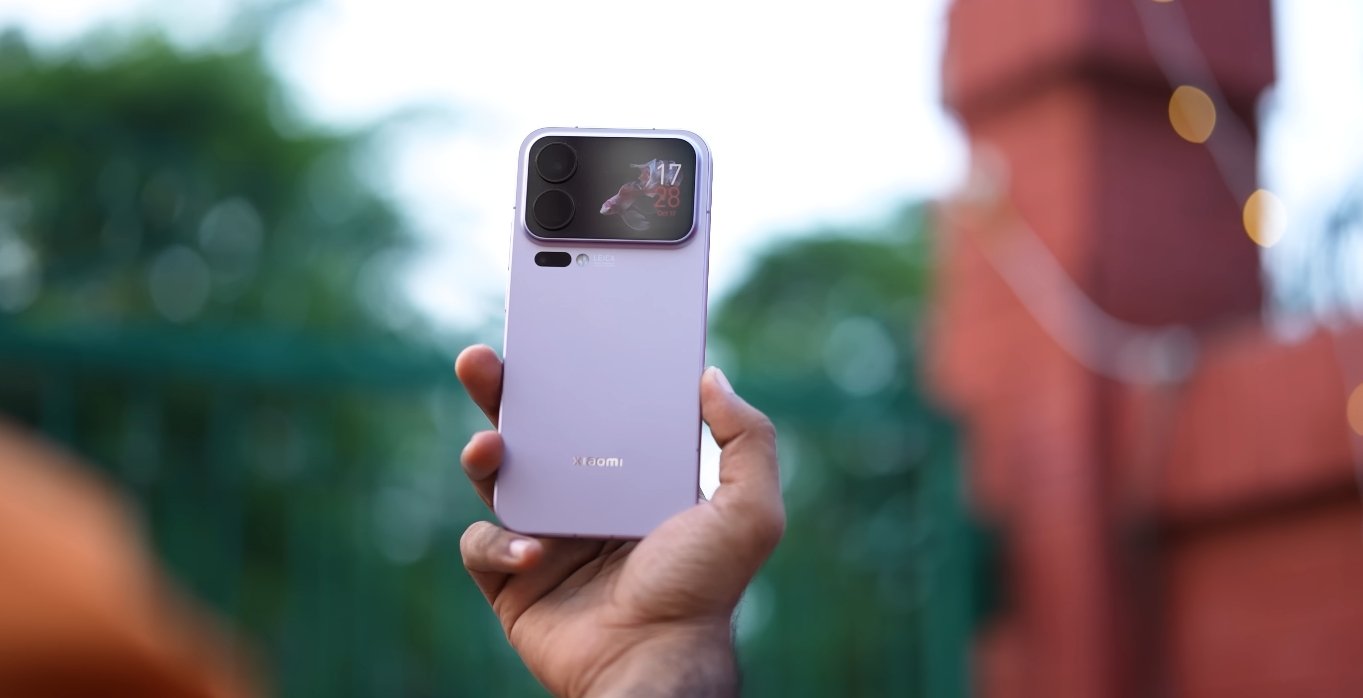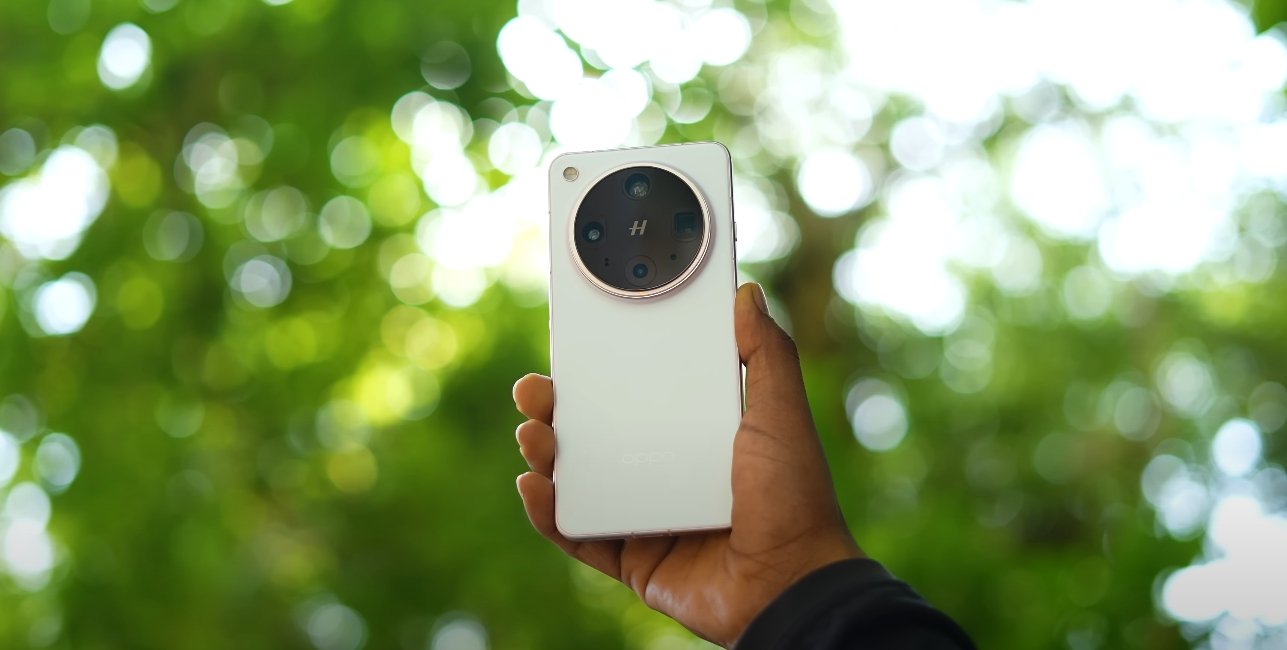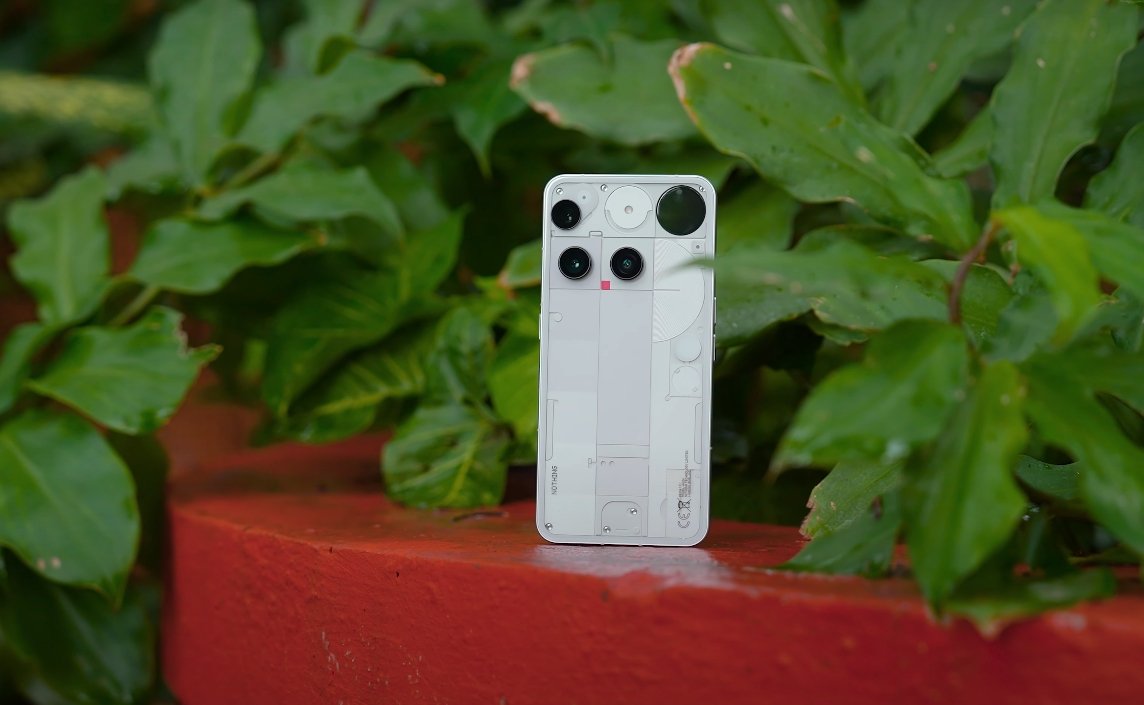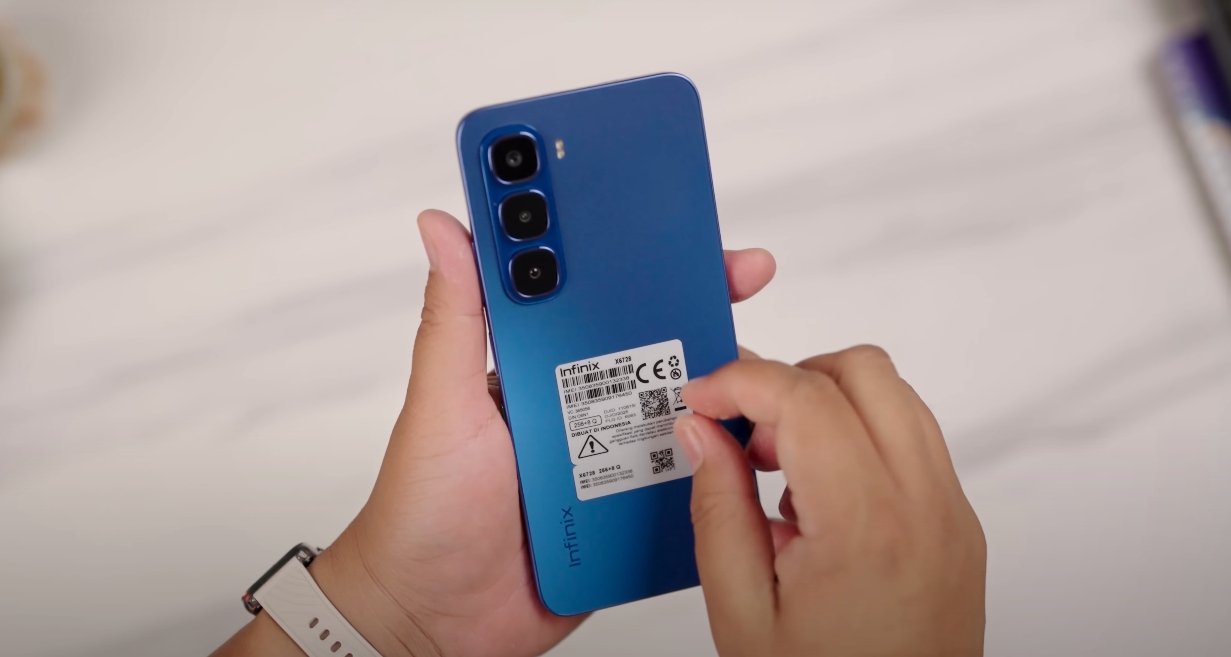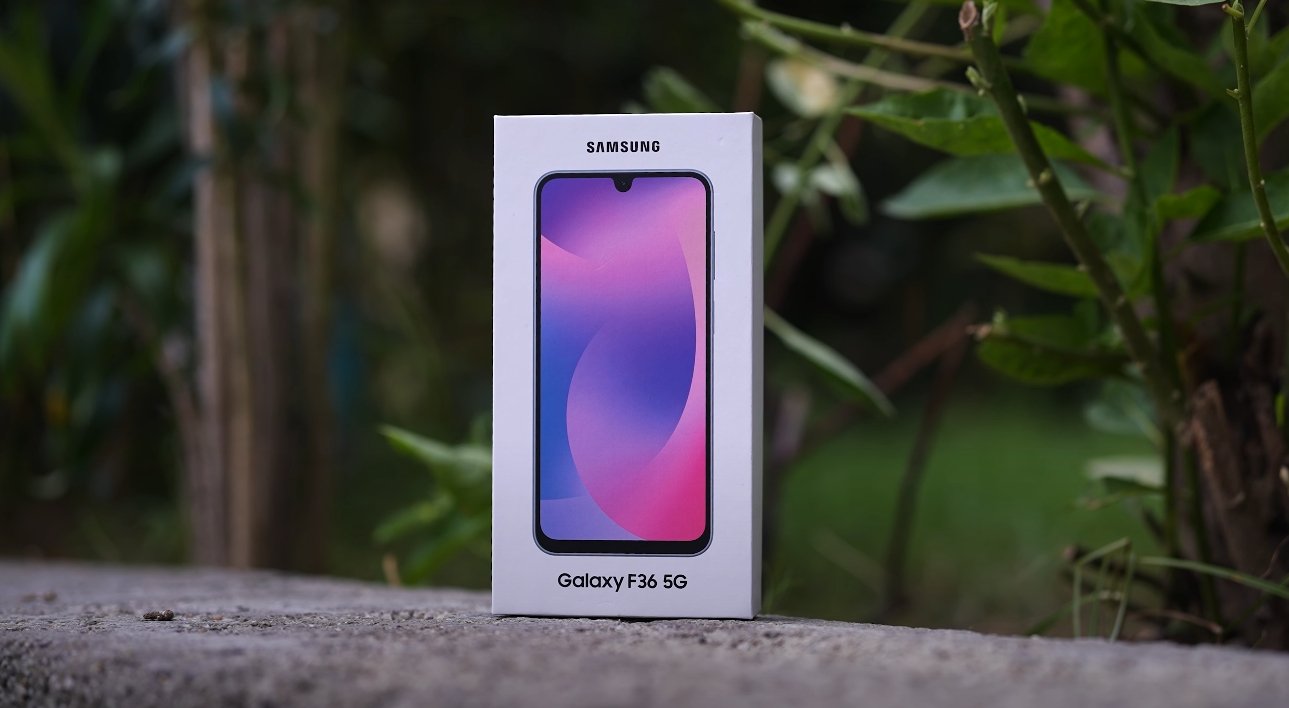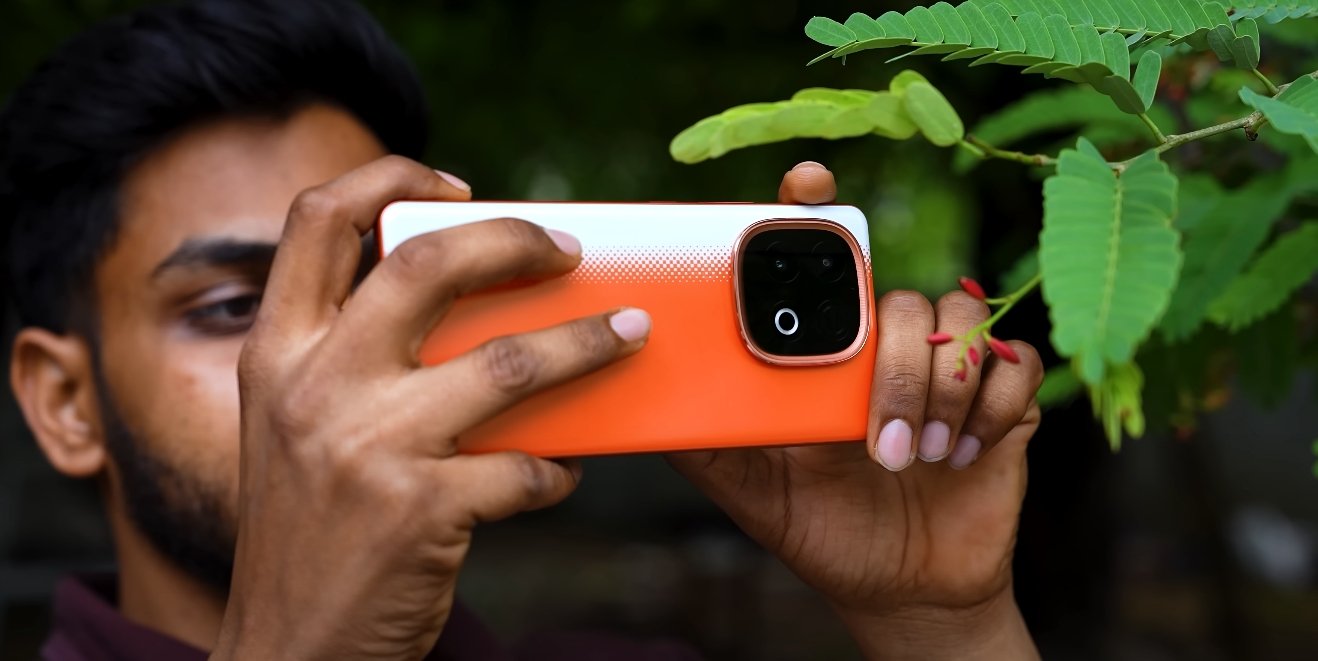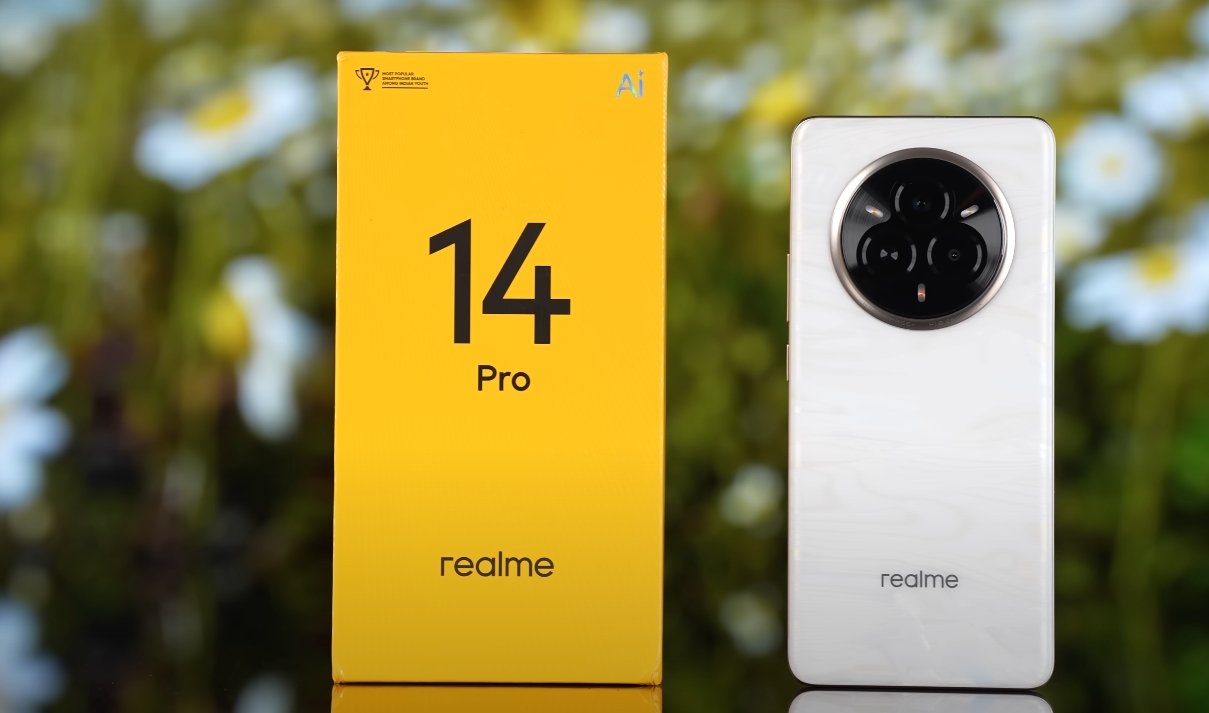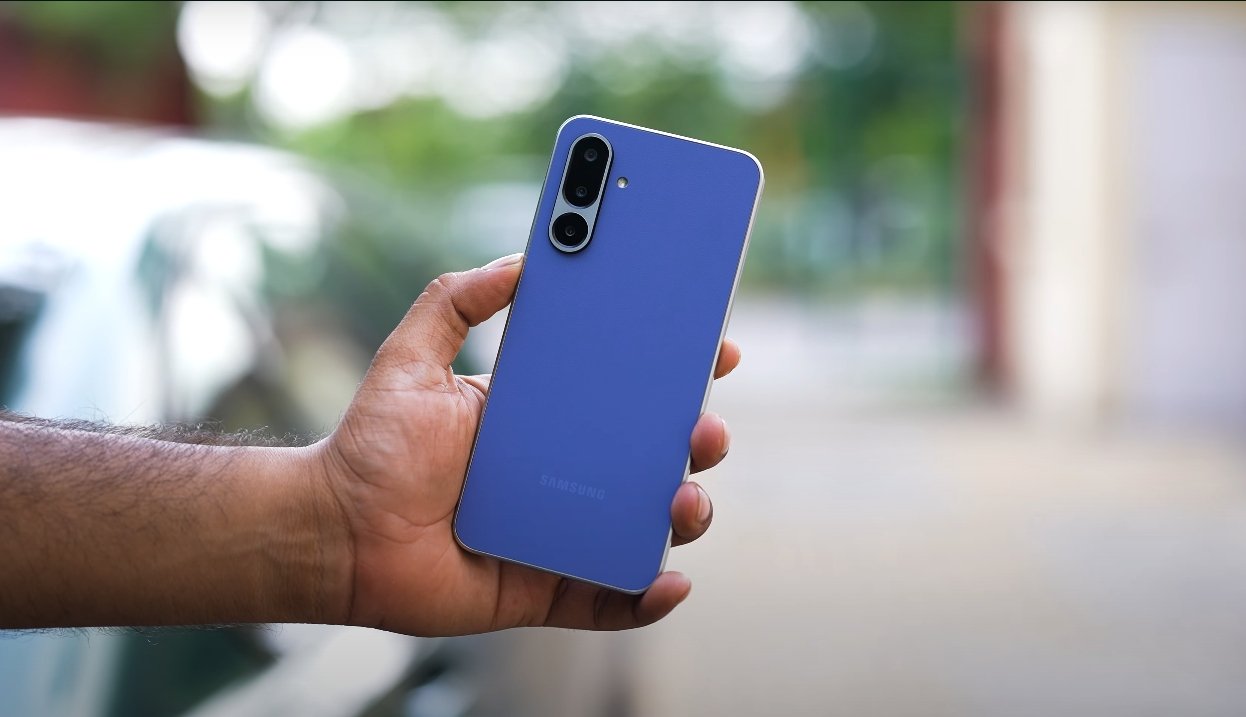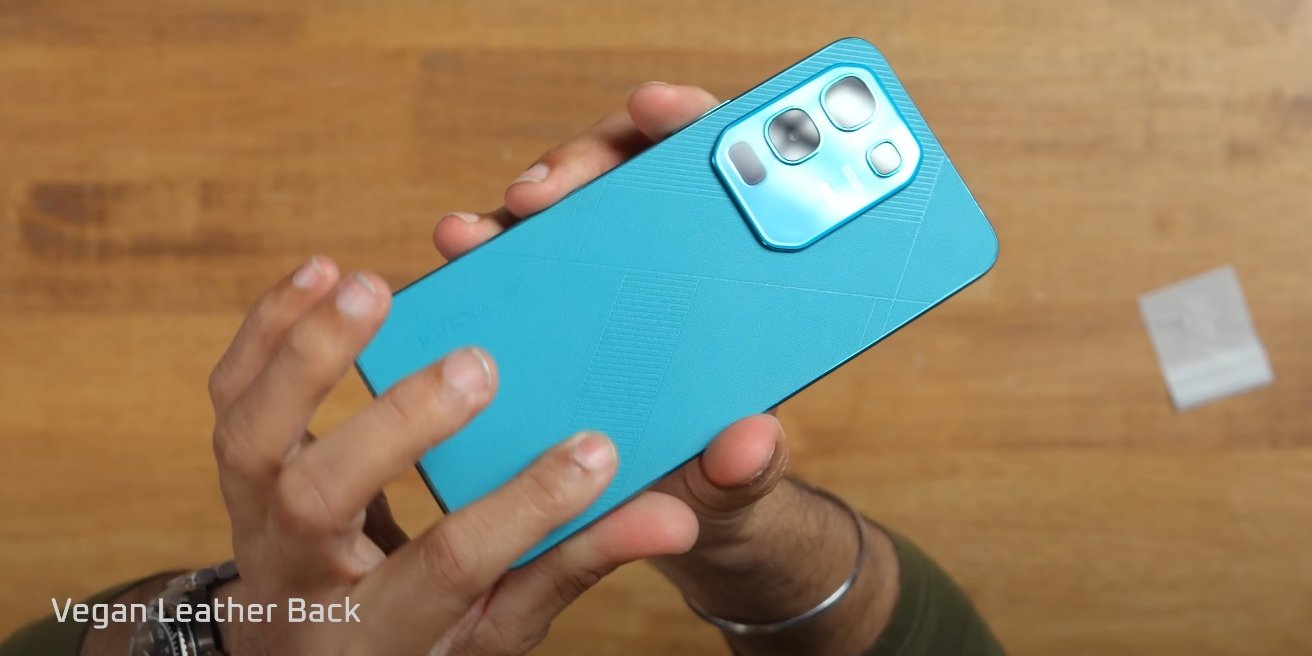Premium Display Showdown Between Xiaomi and Realme
In 2025, smartphone displays have reached new levels of innovation, combining high refresh rates, adaptive brightness, and precise color calibration. Two of the most anticipated models in this segment are the Xiaomi 17 Pro Max and the Realme 13 Pro Plus. While both devices deliver modern AMOLED technology and flagship-level visuals, their approach to display performance is quite different. This comparison focuses on how each phone performs in real-world display tests, covering brightness, clarity, smoothness, and overall user experience.
Starting with the Xiaomi 17 Pro Max, the brand has continued its reputation for pushing visual boundaries. The phone features a massive 6.9-inch LTPO AMOLED display with adaptive refresh rates up to 120Hz. It delivers a 1.5K resolution that strikes a balance between sharpness and battery efficiency. Xiaomi claims a peak brightness of around 3,500 nits, making it one of the brightest displays available in 2025. This means users can comfortably use the phone outdoors even under direct sunlight. The company has also included a small secondary display on the rear, adding a premium touch that allows quick interactions, camera previews, and notifications without lighting up the main screen.
The Realme 13 Pro Plus, meanwhile, focuses more on delivering a balanced and color-accurate visual experience. It sports a 6.7-inch AMOLED display with Full HD+ resolution and a 120Hz refresh rate. Realme’s tuning emphasizes realistic colors, smooth scrolling, and comfortable brightness levels for daily use. The display supports a wide color gamut and HDR content, giving it an edge in tone accuracy and viewing comfort. Although its peak brightness is lower than Xiaomi’s, it is more than enough for indoor and outdoor use in typical lighting conditions.
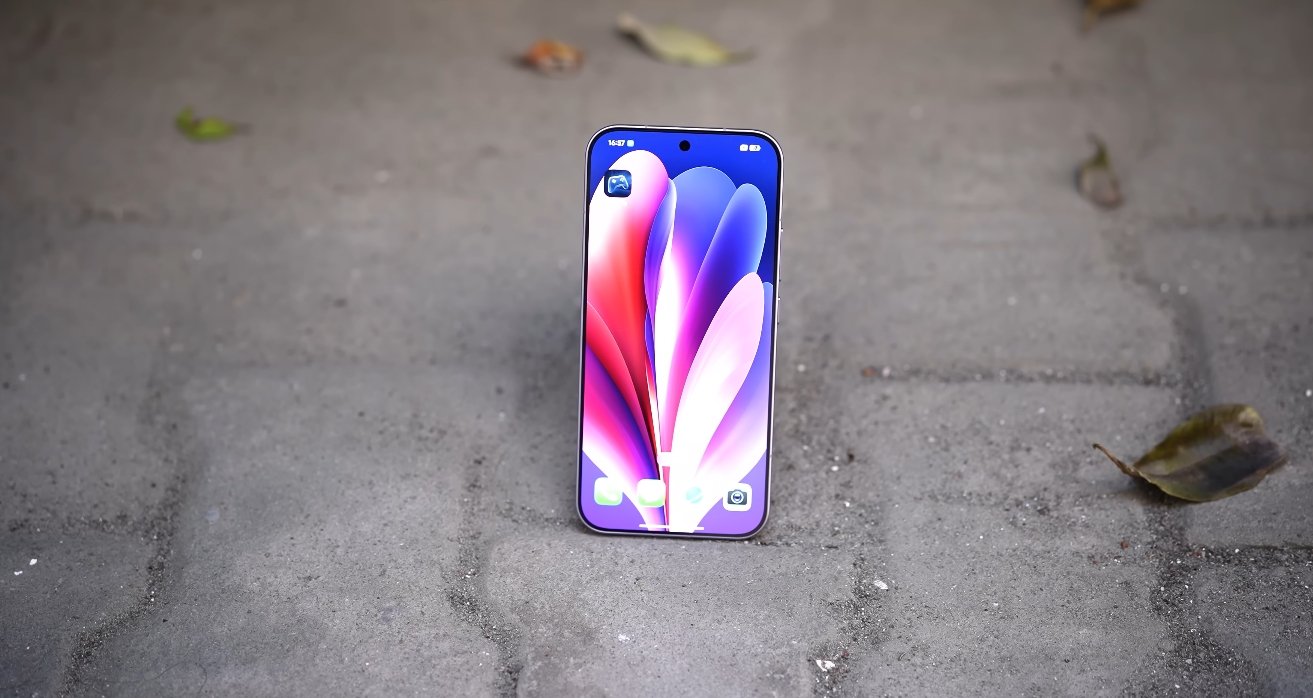
When it comes to brightness and outdoor readability, Xiaomi’s display takes the lead. The higher peak brightness gives it a clear advantage under harsh sunlight, making it easier to read text, view photos, or watch videos outdoors. Realme’s screen still performs well, but it doesn’t reach the same brightness levels, which may cause slight reflections in direct sunlight. However, Realme compensates for this with better energy management and less aggressive brightness scaling, resulting in consistent visual comfort over extended use.
In terms of resolution and clarity, Xiaomi again holds the upper hand with its larger and sharper 1.5K display. The pixel density offers excellent sharpness, ensuring that fine text, icons, and high-resolution photos appear crisp and detailed. Realme’s Full HD+ panel, while slightly less dense, still produces vibrant and clear visuals that most users would find indistinguishable during casual use. For tasks like web browsing, messaging, and media consumption, both phones deliver smooth and vivid results, but Xiaomi’s higher resolution makes a difference for those who prioritize pixel precision.
Color reproduction is another key factor in this comparison. The Realme 13 Pro Plus is tuned to deliver balanced, true-to-life colors that closely match professional calibration standards. It avoids excessive saturation, providing a natural tone across different brightness levels. Xiaomi, in contrast, opts for a more vivid presentation, enhancing reds, blues, and greens to make visuals appear more dynamic. For watching videos or gaming, Xiaomi’s panel feels more punchy and engaging, while Realme’s display suits users who prefer realistic tones for photography and content editing.
Both phones share adaptive 120Hz refresh rates, offering buttery-smooth scrolling and fluid animations. Whether navigating apps or gaming, motion feels consistent and lag-free. Xiaomi’s LTPO technology allows the refresh rate to adjust dynamically between 1Hz and 120Hz based on the content, improving power efficiency. Realme also uses an adaptive system, but its refresh rate changes in fewer steps, making Xiaomi slightly more power-efficient in scenarios involving static content like reading or idle screens.
Another major difference lies in display innovation. Xiaomi’s rear mini-display provides added utility, allowing users to check notifications, control music, or take selfies with the rear camera. It’s a creative addition that enhances the premium experience and saves battery by reducing the use of the main display. Realme’s approach is more conventional, focusing on delivering a single, high-quality screen without additional gimmicks. This results in a simpler and more consistent user experience that many will find reliable and familiar.
Battery consumption is influenced by display brightness and refresh behavior. While Xiaomi’s screen can achieve extreme brightness, it also draws more power at higher levels. Realme’s display, being smaller and less bright, tends to consume less energy during prolonged use. However, both brands have optimized their adaptive refresh systems effectively, so battery drain differences are not drastic during typical daily use.
In conclusion, the Xiaomi 17 Pro Max and Realme 13 Pro Plus both deliver excellent displays but cater to different types of users. Xiaomi’s massive, ultra-bright screen and dual-display design make it ideal for those who love bold visuals, outdoor visibility, and cutting-edge technology. Realme’s display focuses on comfort, accurate color tuning, and energy efficiency, offering a more balanced and practical experience for everyday use. If you value brightness, innovation, and immersive visuals, the Xiaomi 17 Pro Max leads the way. If you prefer natural color accuracy and steady performance at a lower price, the Realme 13 Pro Plus is the smarter, more refined choice.
